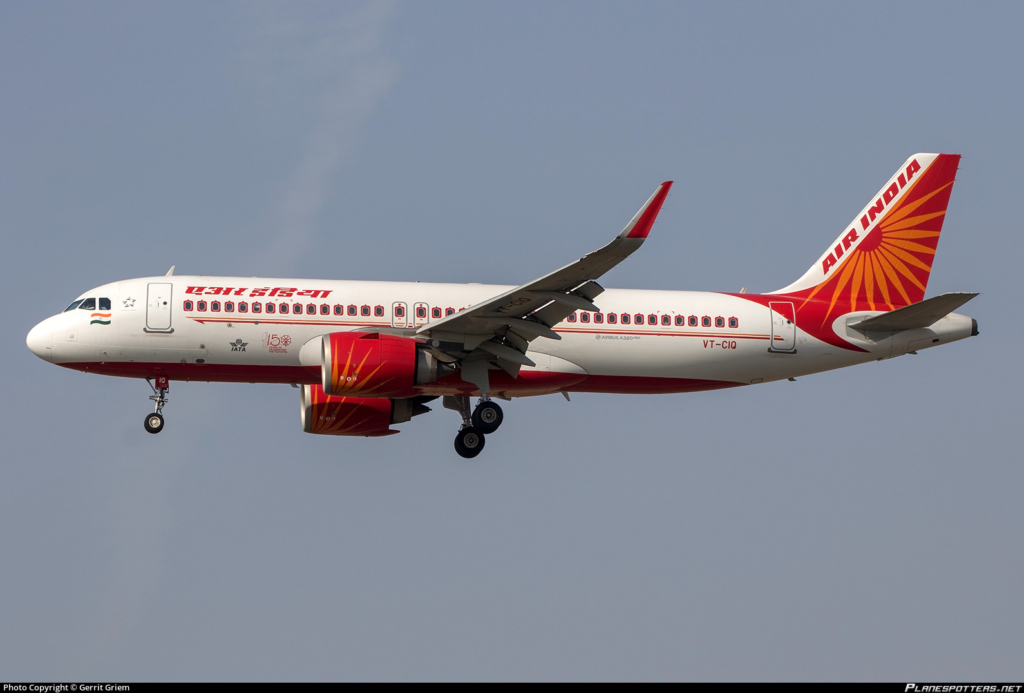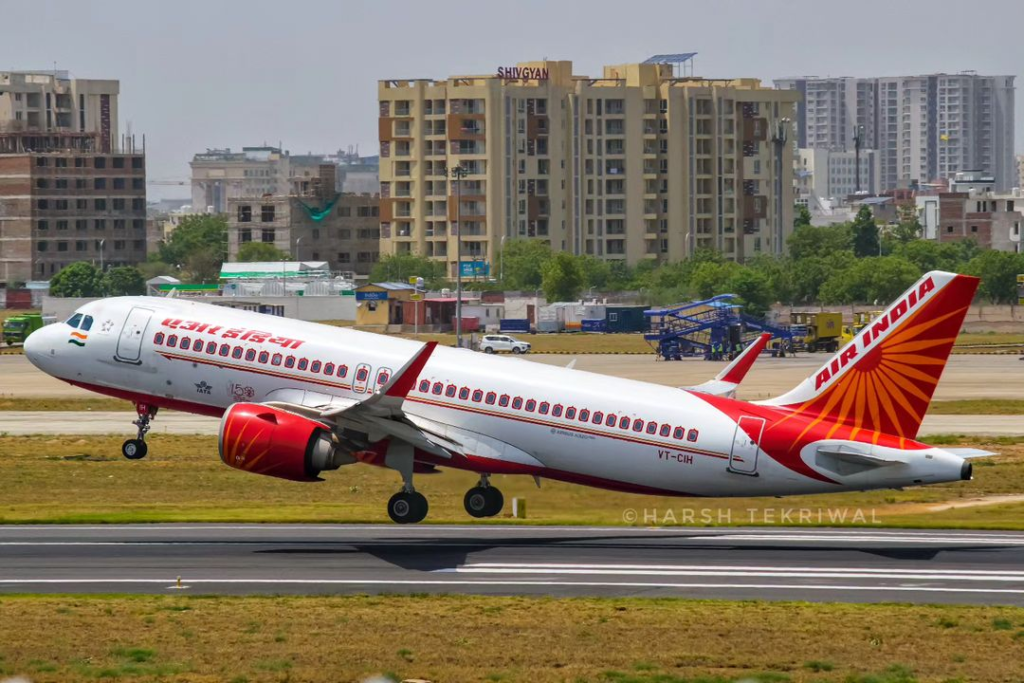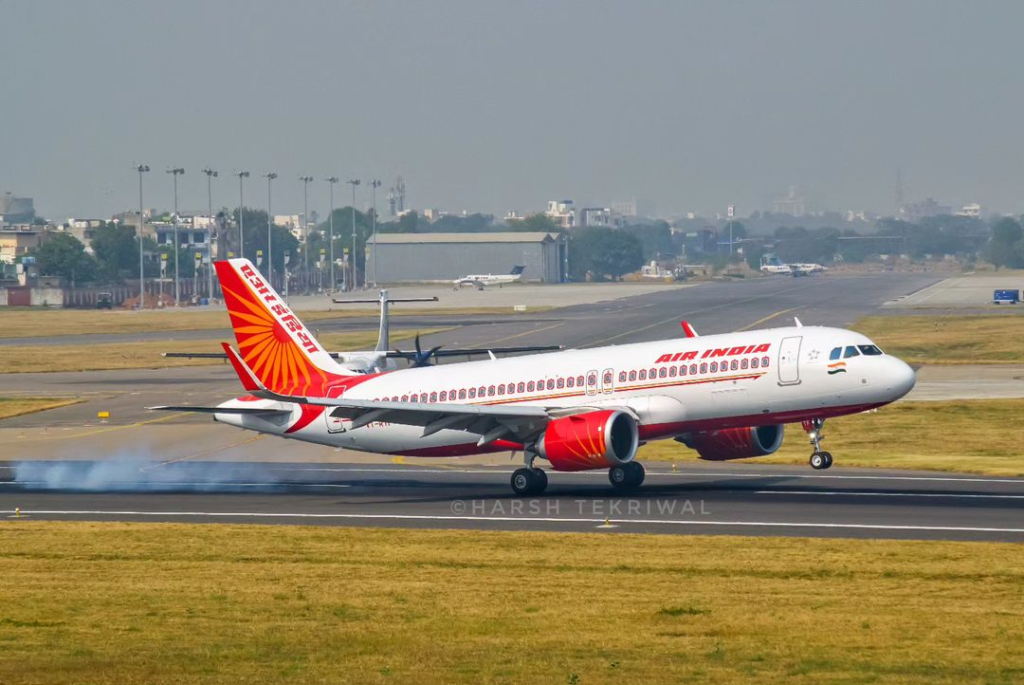DUBAI- On December 20, a Tata-owned Air India (AI) flight experienced a significant impact as pilots made a hard landing at Dubai International Airport (DXB).
Fortunately, the relatively young Airbus A320neo, with a mere 5.5 years of service (registration VT-CIQ), did not incur any structural damage during the forceful landing, which registered at 3.5 G, and it came to a safe stop.

Air India Hard Landing
Subsequently, the pilot has been suspended from flying duties pending an investigation. The aircraft underwent comprehensive inspections while grounded in Dubai for a week before receiving clearance to fly back to Air India’s engineering base in Mumbai.
According to flight tracking sites, the plane was observed operating to Mumbai on December 27, with its cruising altitude maintained below 10,000 feet, indicating it was on an unpressurized ferry.
This entails that the aircraft returned for repairs after being granted a single landing, a permission typically granted by aircraft manufacturers after analyzing the digital flight data recorder (DFDR). This landing served as a “substandard ferry flight” without passengers, allowing the aircraft to travel to the airline’s engineering base.
A spokesperson from Air India stated, “An investigation has already been initiated, following DGCA norms. The pilot, duly trained and licensed for the aircraft, has been temporarily removed from rostered duties pending the inquiry process, as per established norms.”
The incident of the heavy landing occurred during the operation of AI 933 from Kochi to Dubai. Subsequent flight tracking data indicates that the aircraft’s next flight was to Mumbai on December 27. Since then, based on flight tracking sites, the aircraft has not been in operation.

Expert Opinion
Experienced pilots with extensive A320 operation history emphasize that the aircraft involved in the landing incident in Dubai exceeded the manufacturer’s landing gear structural limitation. This overstepping can potentially lead to significant damage to the landing gear structure.
While a relatively young aircraft might withstand such a landing initially, the cumulative effect on structural integrity from subsequent landings could eventually result in failure.
Comprehensive engineering investigations are imperative before an aircraft that has undergone such a landing is deemed fit for further revenue passenger flights. This scrutiny is necessary to ensure the aircraft’s structural integrity remains intact.
Aircraft manufacturers typically grant airlines permission for a “substandard ferry back to the major engineering base” for planes that may have sustained damage during a hard landing. This authorization is granted after a thorough examination of the digital flight data recorder (DFDR), according to pilots.
In the specific instance mentioned, the hard landing occurred at an airport that was not the airline’s (AI) designated engineering base. Consequently, the aircraft flew to Mumbai at a cruising altitude below 10,000 feet, a level at which a pressurized cabin is not required.
Stay tuned with us. Further, follow us on social media for the latest updates.
Join us on Telegram Group for the Latest Aviation Updates. Subsequently, follow us on Google News.

